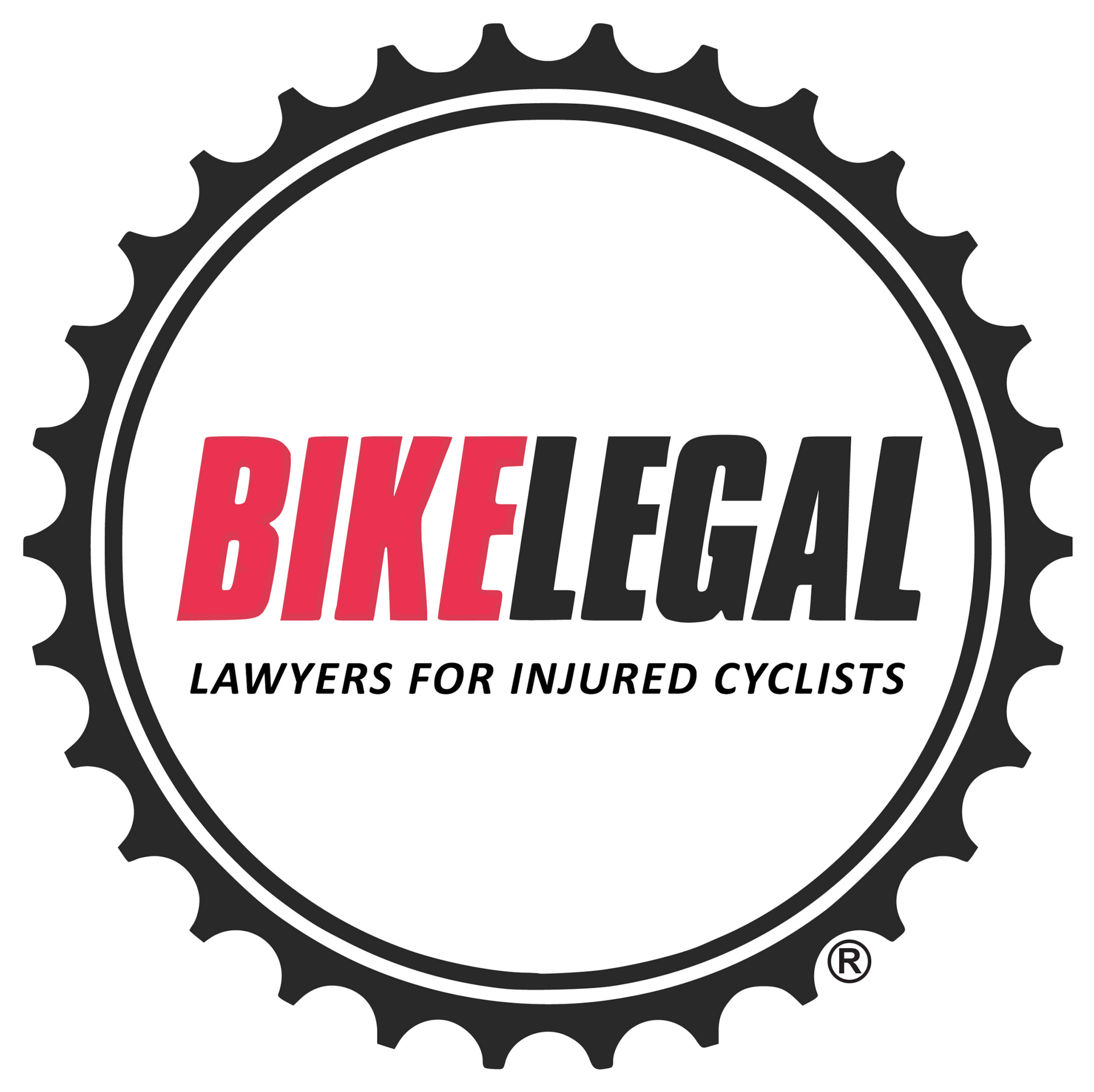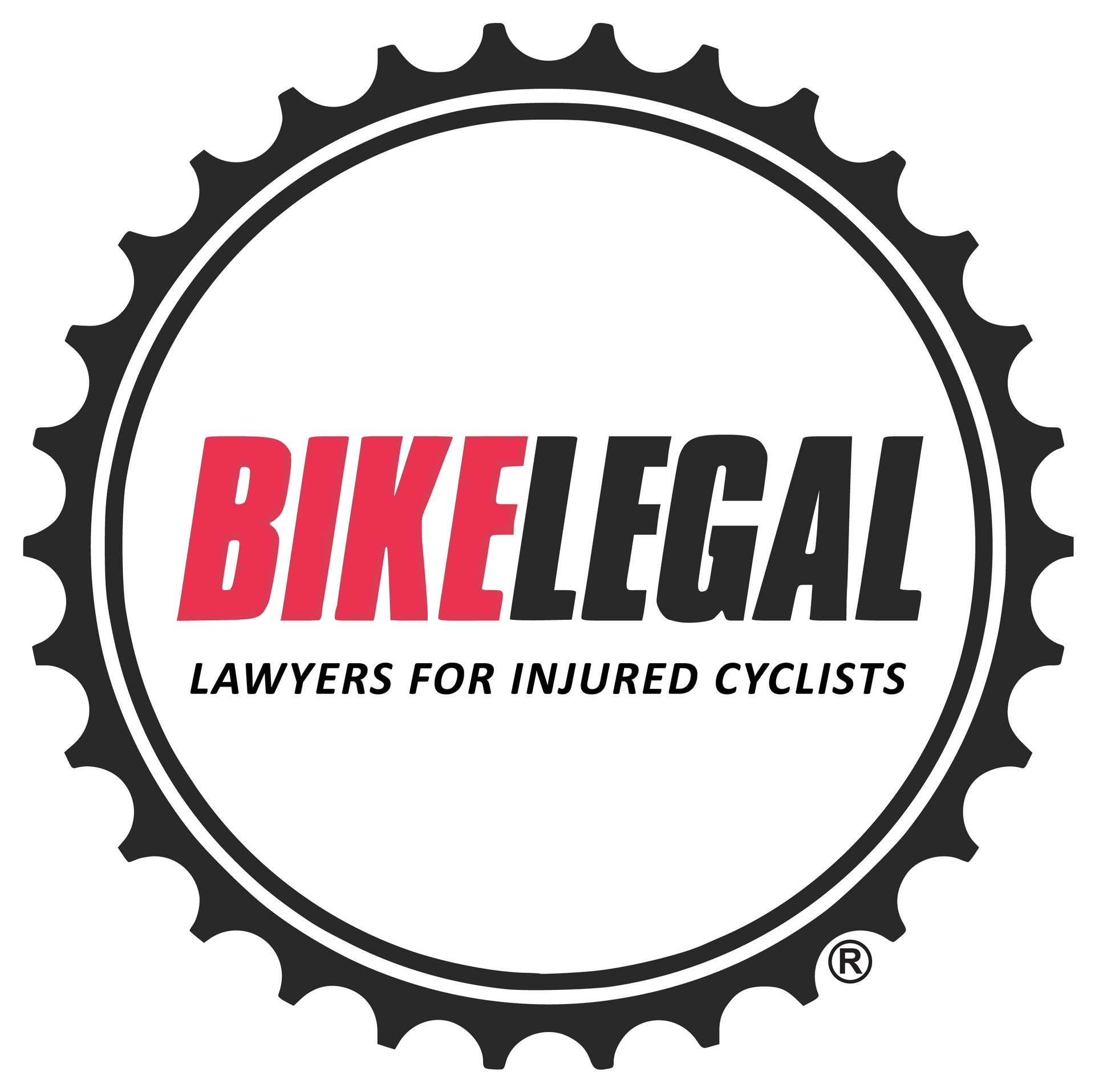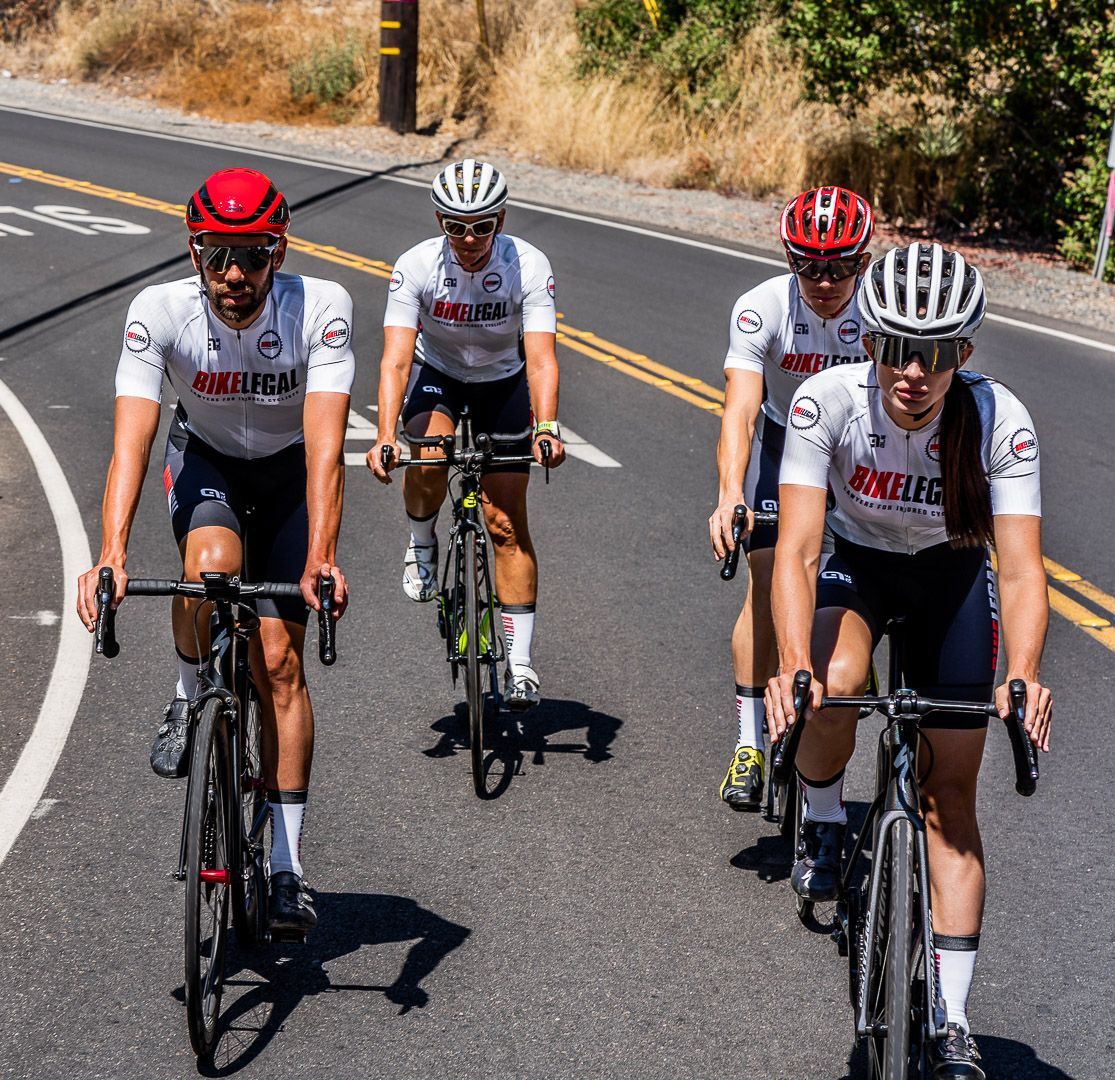CA's New Auto Insurance Minimums in 2025: Impact on Drivers & Cyclists
Follow us on
social media!
Senate Bill 1107, also called the Protect California Drivers Act, raises California’s auto insurance minimums for the first time since 1967. Starting January 1, 2025, minimum liability coverage increases to $30,000 per person injured, $60,000 per accident, and $15,000 for property damage, offering more coverage and better protection for drivers, cyclists, and pedestrians.
California’s 27 million drivers will see long-overdue changes in the new auto liability coverage law, but gaps in protection remain. From hospital bills to lost wages, here’s what you need to know about these updates:
- What’s changing with the Protect California Drivers Act and why it matters
- How this new law impacts accident coverage, including risks you might face
- Practical steps for protecting yourself and ensuring your rights are fully covered
The new motor vehicle liability insurance rules kick in on January 1, 2025, aiming to boost minimum coverage—but the reality is a bit more complicated than it seems.
Senate Bill 1107 California
- New California Minimum Liability Insurance Requirements: Effective January 1, 2025, California's Senate Bill 1107 raises auto insurance minimums to $30,000 per person injured for bodily injury, $60,000 per accident, and $15,000 for property damage.
- Impact on Premiums and Drivers: Insurance premiums are expected to rise due to higher minimums, inflation, and increased repair costs, potentially straining low-income drivers and small businesses, and possibly leading to more uninsured drivers.
- Enhanced Protection for Cyclists and Vulnerable Road Users: Higher minimums provide more coverage and better financial protection for all road users, including cyclists and pedestrians. This increase helps to cover rising medical expenses and property damage in accidents. However, they also highlight the importance of Uninsured/Underinsured Motorist (UM/UIM) coverage.
- Penalties for Non-Compliance: Failing to meet the new insurance requirements can result in steep fines and long-term financial consequences like higher future premiums and license suspension.
- Future Adjustments and Recommendations: Another increase is scheduled for 2035 to adjust for inflation. Drivers and cyclists should review and possibly increase their UM/UIM coverage and consult professionals to ensure adequate protection under the new law.
What is Senate Bill 1107 California?
Senate Bill 1107 aligns California’s outdated minimum coverage with modern expenses, addressing rising medical and repair costs that often left victims under-compensated.
By adjusting the minimums, this law aims to protect accident victims from financial hardship after an accident, helping ensure they aren’t left covering expenses out of pocket or dealing with financial losses that exceed coverage limits.
Here’s a breakdown of what’s changing and why it matters:
- New Minimum Liability Requirements: Senate Bill No. 1107 raises liability minimums to 30/60/15—$30,000 for bodily injury per person, $60,000 per accident, and $15,000 for property damage. These updated levels better reflect today’s medical and repair costs, providing more adequate compensation for accident victims.
- DMV Deposit Increase for Uninsured Drivers: Uninsured drivers opting out of traditional insurance must now make a $75,000 deposit with the DMV, up from the current $35,000, to ensure financial support for victims in the event of an accident.
When and Why Was This Law Passed?
In 2022, Senate Bill 1107, which updates California's auto insurance minimums, was approved by the state legislature.
This new California minimum insurance law for 2025 reflects a long-needed shift, aiming to bring California’s auto insurance requirements up to standards that better protect drivers and other road users. Before this update, California’s minimum liability insurance requirements were among the lowest in the nation, ranking 47th overall. For many, this left a significant gap between the actual costs of an accident and what insurance would cover, putting both victims and at-fault drivers in financially vulnerable positions.
Key Drivers of Senate Bill 1107
Senate Bill 1107 addresses two main issues:
- Rising Medical and Repair Costs: Medical and vehicle repair costs have significantly increased since the last minimum update in 1967. The previous insurance minimums left many drivers underinsured, often unable to cover basic hospital bills, surgeries, or repairs.
- Financial Strain on Victims and At-Fault Drivers: Low minimums often left accident victims without adequate compensation and exposed at-fault drivers to lawsuits for costs exceeding their coverage under the outdated California State Minimum Coverage Requirements. The updated 2025 California bodily injury and property damage limits aim to alleviate these financial pressures, offering stronger protections for everyone involved.
By establishing higher minimum insurance standards, Senate Bill 1107 aligns California’s insurance requirements with current economic realities and creates a more reliable safety net for residents.
How is This Different from the Current Law?
The new California insurance minimum coverage under Senate Bill 1107 introduces key changes to enhance financial protection for those involved in motor vehicle accidents.
- Updated Minimum Coverage Requirements: Previous minimums were set at 15/30/5, meaning $15,000 for bodily injury per person, $30,000 per accident, and $5,000 for property damage. Under the new law, these limits double to 30/60/15—providing $30,000 in bodily injury coverage per person injured, $60,000 per accident, and $15,000 for property damage. This California minimum liability insurance increase aims to reduce uncovered expenses, offering stronger financial support for drivers and accident victims.
- DMV Financial Responsibility Deposit Increase: The new law raises the DMV deposit requirement for uninsured drivers from $35,000 to $75,000. This change provides added protection to accident victims, ensuring they receive compensation even when the at-fault driver lacks traditional insurance.
Overall, these updates align California insurance minimums with today’s costs, reducing financial hardship for accident victims and providing more reliable support through both insurance policies and DMV deposits.
Rising Premiums and Market Factors Impacting California Drivers
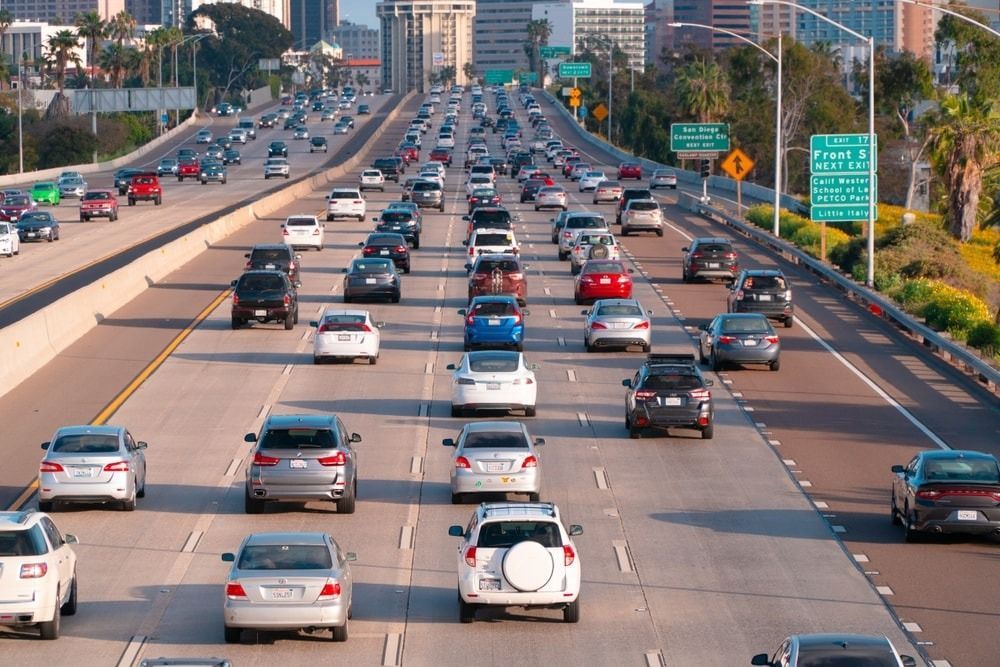
California drivers are facing a sharp rise in auto insurance premiums, a trend confirmed by recent findings from Insurify. As of 2024, California auto insurance premiums have jumped by a staggering 54%, with the average annual cost for full coverage increasing from $1,666 in June 2023 to $2,417 just one year later. This upward trend is expected to continue, placing a heavier financial burden on drivers across the state.
What’s Driving Premium Hikes?
Several factors are pushing premiums higher, creating financial challenges for both insurers and policyholders:
- Increased Costs of Repairs and Inflation: The cost of vehicle repairs and general inflation have escalated, making insurance claims more expensive. These higher claim costs trickle down to policyholders, raising premiums for everyone.
- Financial Strain on Insurers: Insurers are also under pressure, with some insurance companies choosing to exit the California auto insurance market entirely due to financial strain. The departure of these insurers reduces competition, which can further drive up prices.
- End of Rate Freezes from the COVID-19 Period: During the COVID-19 lockdown, some insurers implemented temporary rate freezes, providing Californians with a financial break. However, as these freezes have ended, premiums are now reflecting post-pandemic economic realities, contributing to the rise.
Potential Impacts on California Drivers
Rising premiums may make auto insurance coverage unaffordable for some Californians, potentially increasing the number of uninsured drivers. This poses a significant concern as the 2025 California insurance laws under Senate Bill 1107 raise minimum coverage requirements.
Drivers who forgo insurance risk hefty penalties and leave accident victims with fewer financial protections. It’s crucial for those relying on their vehicles to stay informed and explore ways to manage costs while meeting California’s auto insurance requirements.
What Are Minimum Liability Requirements?
In California, minimum liability insurance requirements protect others when you’re at fault in an accident. Liability insurance is divided into Bodily Injury Liability and Property Damage Liability.
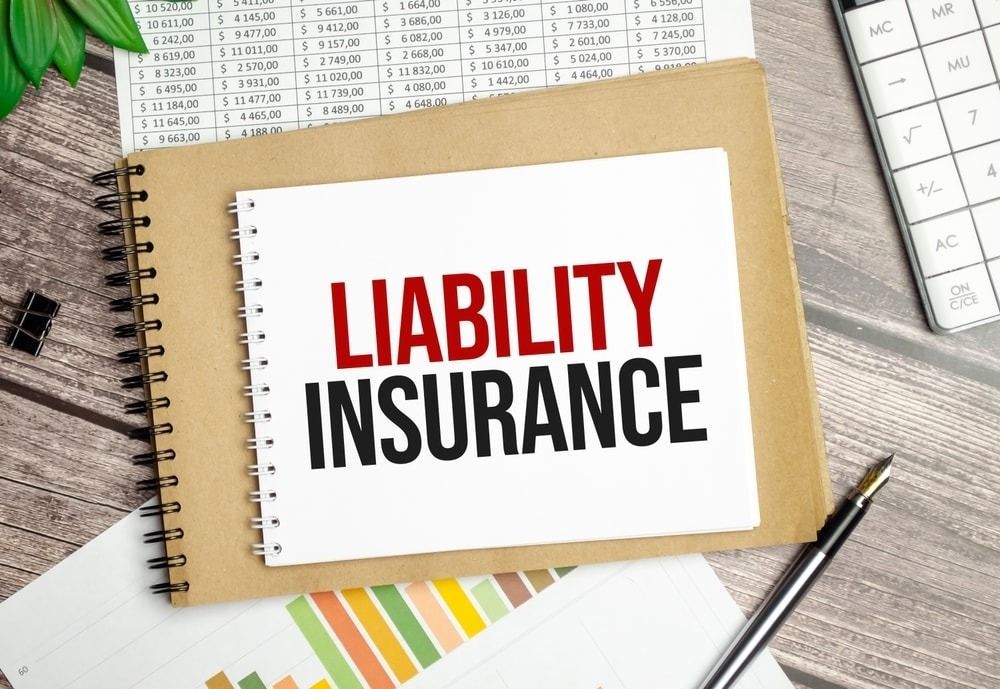
- Bodily Injury Liability: Covers expenses related to injuries you cause to others, including medical bills, pain and suffering, lost wages, and future income losses. Under Senate Bill 1107, California’s 2025 bodily injury coverage minimums have increased to provide better support coverage for accident victims.
- Property Damage Liability: Covers costs to repair or replace damaged property, such as vehicles, bicycles, or buildings. California’s property damage coverage has been raised to address rising repair costs.
What Liability Insurance Doesn’t Cover
Liability insurance doesn’t cover damages to your own vehicle or property. For these, you’ll need collision or comprehensive insurance in addition motor vehicle liability policy up to the state’s liability minimums. These added coverages offer a more complete safety net, covering out-of-pocket costs for accidents, theft, and other damages.
Importance of Uninsured and Underinsured Motorist (UM/UIM) Coverage
With rising California auto insurance premiums, more drivers may be priced out of coverage, increasing the likelihood of uninsured motorists. This makes Uninsured Motorist (UM) and Underinsured Motorist (UIM) coverage essential, as it helps cover medical costs in cases where the at-fault driver lacks sufficient insurance.
What is UM/UIM Coverage?
UM/UIM coverage steps in when an at-fault driver in a car accident either has no insurance (uninsured) or insufficient insurance (underinsured) to cover accident costs. Beginning in 2025, California’s new UM/UIM minimum limits will increase to match the updated 30/60/15 liability minimums, aligning with the new minimum insurance law requirements.
Read More: UM vs UIM Insurance Coverage: What You Need to Know
Why UM/UIM Coverage is Crucial for Cyclists and Vulnerable Road Users
Cyclists, pedestrians, and other vulnerable road users face higher risks in accidents with uninsured drivers. Without UM/UIM coverage, they may bear the costs of medical bills and lost income. Higher UM/UIM coverage provides a safety net, covering expenses even if the at-fault driver lacks sufficient insurance. Cyclists will also benefit from consulting a California bicycle accident attorney to fully understand their legal protections.
Recommendation: Increase Your UM/UIM Coverage
With the 2025 California insurance minimum increase, now is the ideal time to review and boost UM/UIM coverage levels. Doing so helps secure financial stability and peace of mind, ensuring that coverage is reliable even if other drivers lack adequate insurance.
Benefits of the New Minimum Coverage Requirements
California Senate Bill 1107’s updated minimum coverage requirements offer critical protections for drivers, passengers, cyclists, and pedestrians.
- Enhanced Financial Protection: With California’s 2025 auto insurance minimums, higher liability limits improve financial protection for all parties involved in accidents. Increased bodily injury and property damage coverage reduce out-of-pocket expenses for medical treatment, repairs, and lost income, creating a stronger safety net for drivers and cyclists alike.
- Reducing Financial Hardships for Victims: Raising minimum insurance requirements reduces financial strain on accident victims, particularly those injured by previously underinsured drivers. The higher liability limits ensure victims can access compensation for recovery and repairs, easing the burden of unexpected expenses.
- Increased Support for Vulnerable Road Users: Cyclists, pedestrians, and other vulnerable road users gain extra protection under the new California insurance laws. With higher minimum liability limits, these road users have better access to compensation for medical bills and property damage.
These California vehicle insurance law changes aim to enhance safety and financial resilience, protecting all road users from the unexpected economic impact of accidents.
Potential Drawbacks and Counter-Arguments for SB 1107 California
While California’s new insurance minimums enhance financial protection, they pose some challenges.
- Financial Strain on Low-Income Drivers: The 2025 minimum insurance increase raises premiums, which may make coverage unaffordable for low-income drivers who rely on their vehicles for essential needs. Higher monthly costs could push some drivers out of the insurance market altogether.
- Challenges for Small Business Owners: Small businesses, such as delivery services and contractors, may face significant cost increases due to higher premiums across their vehicle fleets. These added expenses could impact their budgets, potentially affecting their ability to expand or retain employees.
- Risk of More Uninsured Drivers: With rising premiums, some drivers may forgo insurance, increasing the risk of accidents involving uninsured motorists. This puts pressure on those with insurance to add Uninsured/Underinsured Motorist (UM/UIM) coverage, adding yet another cost under the new California auto insurance minimums.
Although Senate Bill 1107 aims to improve protection, ensuring affordability and accessibility remains a concern as the state moves forward with these changes in 2025.
Penalties for Non-Compliance
Failing to meet California’s updated 2025 minimum insurance requirements under Senate Bill 1107 can have serious consequences, beyond a simple fine.
- Immediate Penalties: Drivers without the required coverage may face steep fines. Each offense can increase costs and lead to potential license suspension.
- Long-Term Consequences: Non-compliance with California’s insurance minimums has lasting financial impacts. Drivers with coverage lapses are considered high risk, often facing higher insurance premiums or difficulties reinstating their licenses. Over time, non-compliance makes staying legally insured more challenging and costly.
How This Law Affects Cyclists
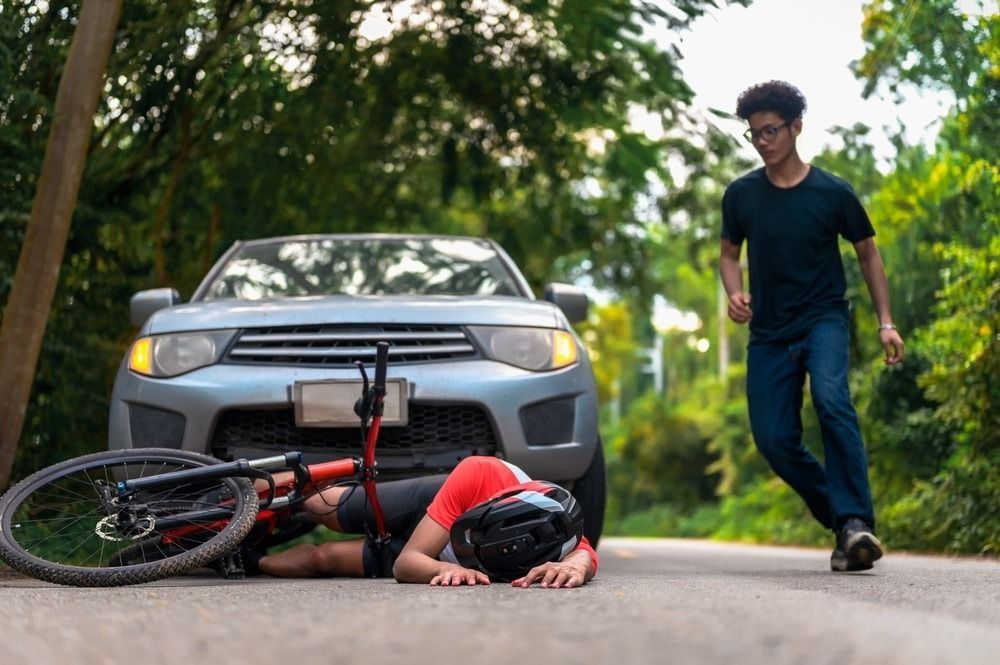
The 2025 updates to California’s auto insurance minimums significantly benefit cyclists by enhancing financial protections and legal recourse in motor vehicle accidents.
- Higher Compensation for Personal Injuries: The increased bodily injury minimums—$30,000 per person and $60,000 per accident—allow bicycle accident attorneys such as Bike Legal to pursue greater compensation for cyclists, covering medical expenses, lost income, and other accident-related costs, offering a stronger safety net.
- Increased Property Damage Coverage: The property damage minimum has increased to $15,000, providing essential protection for high-end bicycles and e-bikes and reducing out-of-pocket expenses for repairs or replacement.
- Importance of UM/UIM Coverage: With rising premiums, more drivers may be uninsured, making UM/UIM coverage essential for cyclists to cover medical bills and lost wages if the at-fault driver’s insurance is inadequate.
- Reviewing Insurance and Legal Options: Cyclists should review their UM/UIM coverage for full protection and consult a California bicycle accident lawyer to understand their rights under the new law.
Read More: A Bicyclist's Guide to Insurance
How a Bicycle Accident Attorney Can Help
California’s new insurance minimums bring greater protections for cyclists but also introduce complexities in navigating insurance claims. A bicycle accident attorney is invaluable in helping cyclists fully leverage the updated injury and property damage limits while ensuring fair and timely compensation.
- Maximizing Compensation with Higher Liability Limits:
The increased liability minimums under Senate Bill 1107 provide better financial support for medical expenses, lost income, and property damage. A bicycle accident attorney ensures these higher limits are fully utilized to cover all damages, especially in severe injury cases or when high-value bicycles or e-bikes are involved. - Handling UM/UIM Claims:
With rising premiums, the likelihood of uninsured or underinsured drivers increases, putting cyclists at greater risk. An attorney can assist with Uninsured/Underinsured Motorist (UM/UIM) claims, managing the complex communication and documentation processes to secure compensation when the at-fault driver lacks adequate insurance. - Negotiating with Insurance Companies:
Insurance companies may still attempt to minimize payouts despite the new coverage limits. A skilled attorney advocates for cyclists, negotiating directly with insurers to ensure fair compensation that accurately reflects medical costs, lost wages, and property damage. - Taking legal action in court:
A skilled bicycle accident attorney can file a lawsuit against the defendant if the insurance company denies coverage or offers insufficient compensation for the victim's injuries and damages.
By leveraging the increased minimums and navigating the complexities of insurance claims, a bicycle accident attorney helps cyclists secure the compensation they deserve under California’s updated insurance laws.
Final Thoughts
California’s 2025 insurance law brings significant updates, increasing minimum liability requirements to 30/60/15 and raising the DMV deposit for uninsured drivers. For cyclists, the higher bodily injury and property damage limits provide better coverage for injuries and bike repairs, while rising premiums may pose challenges for some drivers.
To prepare for these increases, review your auto insurance policy with your insurance agent and discuss Uninsured/Underinsured Motorist (UM/UIM) coverage. UM/UIM insurance is essential for both drivers and cyclists, providing critical financial protection in cases where the at-fault driver has no insurance or insufficient coverage. Consider shopping around to find the best rates and options.
Ride Protected, Ride Safe with Bike Legal
If you or someone you know has been injured in a cycling accident, Bike Legal is here to help. Our experienced attorneys specialize in protecting cyclists’ rights and securing the compensation they deserve. Contact us today for a free consultation.
